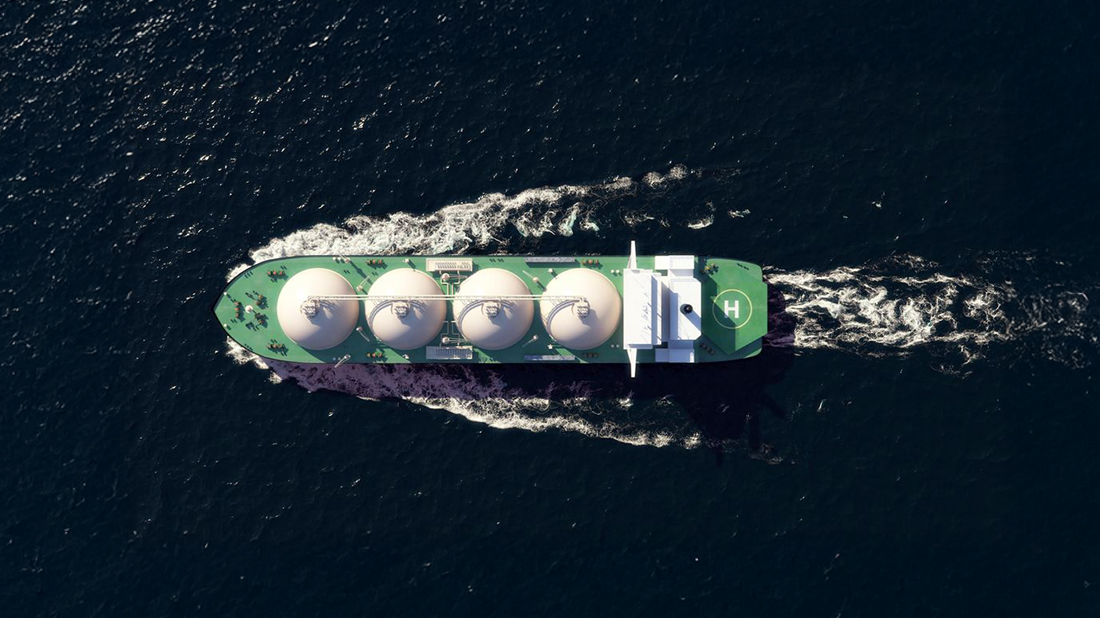.jpeg)

The global investment landscape is continually evolving, with institutional investors increasingly seeking diversified portfolios that offer stable, long-term returns and protection against inflation. In this context, infrastructure has emerged as a favored asset class, moving beyond its traditional definition to encompass a broader range of essential services. This report delves into the intriguing question of whether the shipping industry, particularly its mobile assets vessels can be strategically positioned and considered within this expanding infrastructure asset class.
An exploration of the fundamental characteristics that define infrastructure investment, an analysis of the unique dynamics of the maritime sector, and an assessment of the potential for shipping to offer infrastructure-like investment attributes will be presented.
Historically, infrastructure has been defined as the tangible assets necessary to operate a society or facilitate the movement of people and physical goods, such as toll roads, bridges, airports, and utilities. Over the past decade, this asset class has expanded significantly beyond these standard categories to include modern infrastructure that reflects broader economic transformations, such as the transition to a digital world and support for energy transition initiatives.
Examples now include energy storage, smart grids, EV charging, data centers, and fiber networks. This evolution suggests that the core criteria for infrastructure are not strictly tied to physical immobility or traditional public utility models. Instead, the classification hinges on the fundamental function an asset serves its essentiality to society and the financial profile it generates, specifically predictable, long-term cash flows often linked to inflation.
For shipping to be considered infrastructure, it must demonstrate alignment with these functional and financial characteristics, even if its physical form differs from fixed infrastructure. The discussion therefore centers on whether shipping services are indispensable and whether shipping assets can generate predictable, long-term, inflation-linked cash flows, similar to how data centers, despite being buildings, are now categorized as infrastructure due to their essential digital service and stable revenue streams.
Infrastructure, as an alternative asset class, encompasses investments in the facilities, services, and installations considered essential to the functioning and economic productivity of a society. These are long-lived physical assets valued for their intrinsic qualities and their capacity to generate predictable, long-term cash flows. Several key characteristics make infrastructure particularly appealing to investors.
Firstly, infrastructure assets provide critical solutions to society, ensuring a level of demand inelasticity even during economic downturns. This applies to transportation networks like toll roads and airports, utilities such as power networks, and social facilities including hospitals and educational institutions. The critical nature of these services means demand remains relatively stable over time, often insensitive to price changes.
Secondly, a significant appeal of infrastructure stems from its stable and predictable cash flows. Many infrastructure assets benefit from long-term contracts, concession agreements, or regulatory frameworks that provide consistent and often predictable revenue streams. This stability is further supported by their often monopolistic positions in existing markets and high barriers to entry. The combination of regulatory support and monopolistic market positioning enables the implementation of long-term contracts with built-in price escalators.
Without a degree of market power or regulatory oversight, securing such favorable, long-duration contracts would be significantly more challenging, as competitive pressures would typically drive down prices and contract lengths. This interwoven structure is the fundamental mechanism by which infrastructure achieves its stable, consistent cash flow and inflation-hedging attributes. It creates an environment where demand is inelastic and revenue predictable, fundamentally de-risking the asset class compared to more market-driven investments. Therefore, when evaluating shipping as infrastructure, identifying similar mechanisms that can replicate this de-risking effect, even if the underlying asset is mobile, becomes crucial.
Thirdly, infrastructure offers inherent protection against inflation. Many assets have built-in price escalators in their pricing structures or are supported by regulation that links pricing to inflation rates. This allows infrastructure assets to maintain their real returns even during periods of rising prices.
Furthermore, infrastructure typically displays a low correlation with other asset classes and public markets, particularly over the long term. This characteristic offers valuable portfolio diversification and contributes to lower volatility, which in turn helps to improve risk-adjusted returns. Infrastructure assets are also characterized by their long useful lives and are less susceptible to technological obsolescence. The substantial cost and complexity involved in developing these assets create high barriers to entry, limiting competition and supporting stable yields.
Finally, due to their predictable and stable long-term cash flows, infrastructure assets can typically service higher levels of debt than other assets, allowing for efficient capital structures. Investment strategies within infrastructure vary, ranging from "Core" (low risk, high-single to low-double-digit returns, often with high leverage) to "Opportunistic" (higher risk, involving new construction or development, offering greater potential returns but typically lower leverage). "Core-Plus" and "Value Added" strategies fall in between, while a newer category, "Super Core," offers even lower risk and commensurate returns.